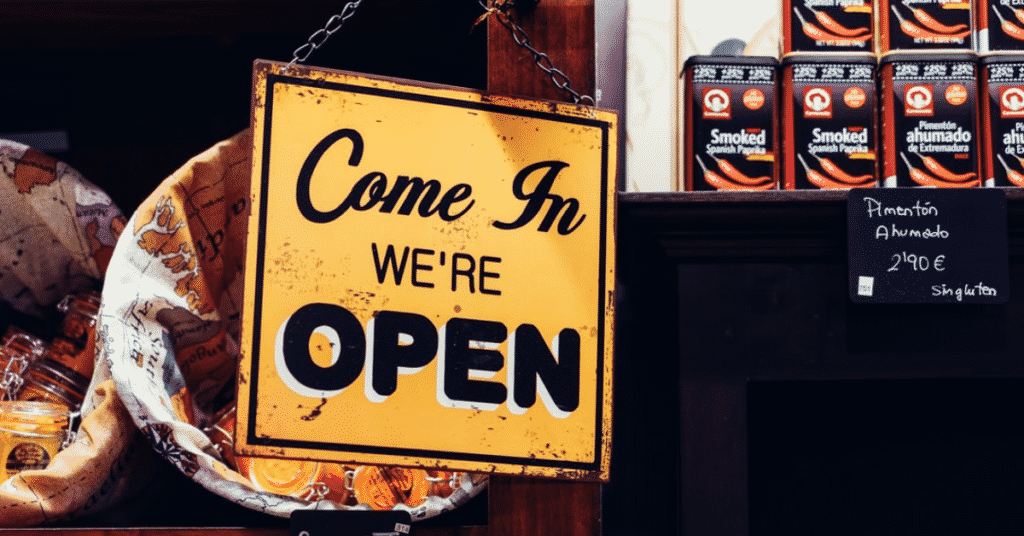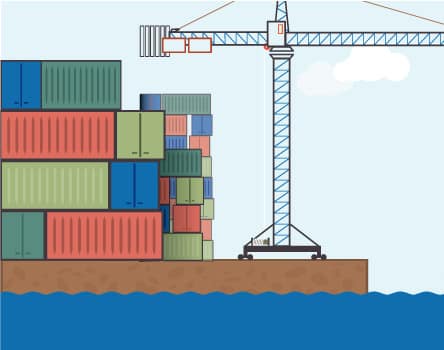Every Friday, we answer a common question about fulfillment, shipping, or business. This week, we will talk about how online stores are trying to feel more like brick-and-mortar stores.
Due to the coronavirus pandemic, many businesses were forced to transition from storefronts to virtual storefronts. With this comes a new set of challenges. After all, how can you give customers the experience they are searching for when shopping online?
Why do online stores need to feel more like brick-and-mortar stores?
According to the World Economic Forum, the pandemic has forced many consumers to shop online. Not only are more people shopping online than ever before, but they’re shopping online more frequently.
To take a direct quote, “According to new data from IBM’s U.S. Retail Index, the pandemic has accelerated the shift away from physical stores to digital shopping by roughly five years. Department stores, as a result, are seeing significant declines. In the first quarter of 2020, department store sales and those from other ‘non-essential’ retailers declined by 25%. This grew to a 75% decline in the second quarter.”
The emphasis is ours. To make a long story short, the pandemic accelerated a long-running trend. A massive shift to eCommerce took place in a very short period of time. Many online shops are trying to adapt to this new reality, since many of their new customers are used to shopping in-store.
Different companies have different methods of engaging online shoppers. This has created new opportunities, but also new problems. The Drum recently ran an article titled “How do you solve a problem like… e-commerce’s lack of serendipity?” In it, they talk about the lack of “surprise and delight” that in-store shopping can provide.
In this same post, people from all types of businesses responded with recommendations. There was no shortage of good advice, but what Ursula Hardy, platform solutions manager at Kagool, said stuck out to us:
The online customer journey is completely different from in-store experiences. Customers want to feel like they’ve found something different or special in-store, and that requires store curators and designers showcasing products shoppers might not have originally considered.
How do you replicate that experience online? This is something influencers excel at. Influencers are curators, sharing product experiences through stories and posts, and can inspire and drive consideration around products that consumers wouldn’t necessarily think to search for. Brands looking to replicate the in-store shopping experience should rethink their customer experience strategy and find smarter, innovative ways to join up their customers’ on- and offline experiences.
Creating surprise and delight with online stores
As we see it, Ursula hits the nail on the head when she talks about replicating the in-person experience. Alongside sharing products on social media, brands can utilize limited edition items, online exclusives, niche collections, a smooth user experience, as well as countless other methods to improve their online presence.
Taking the time to really create a better user experience with a human touch is sorely needed in a time when people feel like they can’t safely go to the mall.
It’s true that online shopping will never be the exact same as brick-and-mortar stores. Even still, there are endless possibilities for businesses when it comes to improving the online shopping experience.





